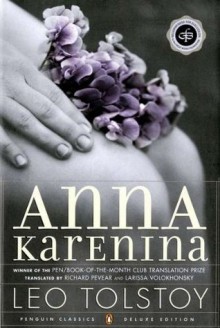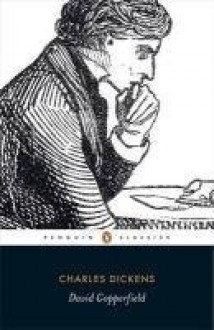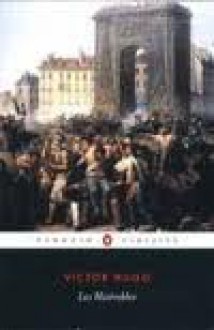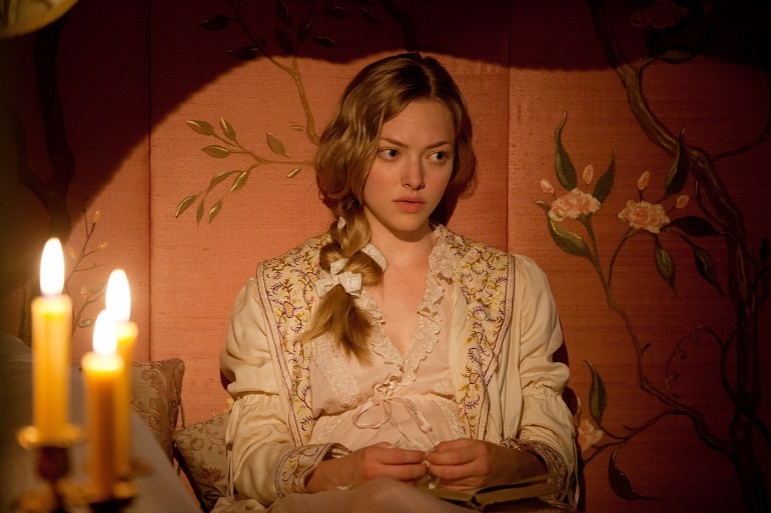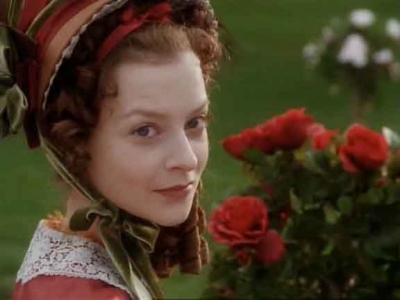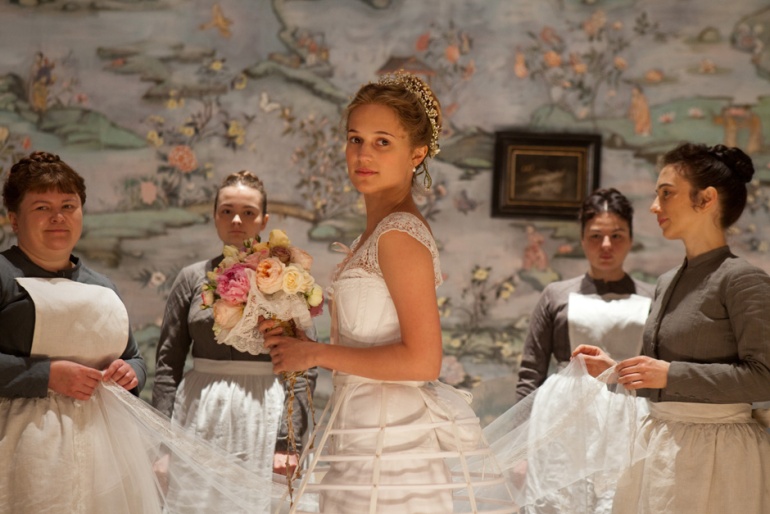Cross posted from wordpress:
Tien from Tien’s Blurb weighed in on my prior post about Les Miserables to mention that she hadn’t liked Cosette much in the book, which surprised her. Her comment – rather perceptively – referred to how much Cosette was “cossetted” and, honestly, I hadn’t made the connection between her name and the word cosset, although I have to surmise that this wasn’t a coincidence on the part of Hugo. Cosset is a verb that means “to pamper or treat as a pet,” the origin of which may be the “mid 16th century (as a noun denoting a lamb brought up by hand, later a spoiled child): probably from Anglo-Norman French coscet ‘cottager’, from Old English cotsǣta ‘cottar’.” (See: Oxford Dictionaries online).
This made me start thinking about the various depictions of Victorian womanhood in novels. This pampered girl is a common archetype of the period, and not just in Les Miserables, where it is exemplified by Cosette:
“To have continually at your side a woman, a girl, a sister, a charming being, who is there because you need her, and because she cannot do without you, to know you are indispensable to someone necessary to you, to be able at all times to measure her affection by the degree of the presence that she gives you, and to say to yourself: She dedicates all her time to me, because I possess her whole love; to see the thought if not the face; to be sure of the fidelity of one being in a total eclipse of the world; to imagine the rustling of her dress as the rustling of wings; to hear her moving to and fro, going out, coming in, talking, singing, to think that you are the cause of those steps, those words, that song; to show your personal attraction at every moment; to feel even more powerful as your infirmity increases; to become in darkness, and by reason of darkness, the star around which this angel gravitates; few joys can equal that. “
And then we have the English version, Dora Spenlow from David Copperfield
“All was over in a moment. I had fulfilled my destiny. I was a captive and a slave. I loved Dora Spenlow to distraction! She was more than human to me. She was a Fairy, a Sylph, I don’t know what she was – anything that no one ever saw, and everything that everybody ever wanted. I was swallowed up in an abyss of love in an instant. There was no pausing on the brink; no looking down, or looking back; I was gone, headlong, before I had sense to say a word to her.”
And, pampered princess a la Russe, Kitty Shcherbatskaya from Anna Karenina:
“But Levin was in love, and so it seemed to him that Kitty was so perfect in every respect that she was a creature far above everything earthly; and that he was a creature so low and so earthly that it could not even be conceived that other people and she herself could regard him as worthy of her.”
There are similarities between all three of these characters. They are all extraordinarily pretty, but somewhat dimwitted, young women who exist and who are spoken about primarily as foils to the male hero. David Copperfield and Anna Karenina both, to some degree, have characters that function as stand-ins for the male author (David Copperfield is frankly biographical, and Konstantin Levin, in Anna Karenina is often considered to be a semi-autobiographical portrayal of Tolstoy’s own beliefs, struggles and life events).
Dora Spenlow is, in my opinion, one of the absolutely most boring characters ever created in literature. She is incapable of so much as holding a broom and sweeping the kitchen, and her defining traits are that she marries the hero and plays with her dog. Cosette isn’t much better – she is pampered by Jean Valjean to the point that she lacks even the tiniest bit of independence, and she essentially goes from his home to the home of Marius without the slightest hiccup, never engaging in even the mildest rebellion. Even as she is being separated from the man that she loves, she doesn’t speak an unkind word. Neither of these characters exhibit any emotional growth during the course of their novels (Dora is so miserably static that Dickens kills her off to open the door to David Copperfield having a relationship with the multi-dimensional Agnes).
As I have mentioned before, I am also listening to one of the Great Courses on the Victorian era. I doubt seriously that this character would have or could have existed in real form. Girls – even upper-class teen girls – are not so lacking in dimension that, even during the Victorian era, they would have been successfully pampered into lapdogs. So this abomination of a living, breathing, woman may have been the ideal, but what a tragic freaking commentary that is on the society that admired these characters – that an ideal young woman was young, pretty, brainless, and useless.
The reality was likely – hopefully – far more interesting than the fictional.
I am not slamming Dickens, Tolstoy and Hugo. All three of these authors created other female characters that were multi-dimensional and interesting – sometimes even in the same book. Anna Karenina, herself, is a whiny pain in the hind-end, but she is a great character. Flawed (oh, so flawed), interesting, petulant, but with depth and the ability to make absolutely terrible choices for herself. I’ve already mentioned Agnes from David Copperfield – David’s second and so much better choice – but we also have David’s Aunt Betsy, who is an amazing character, full of life, acerbic and hard-working. Fantine, in Les Miserables, is melodramatic and idealized, but still had individual agency, and Eponine, tragically, does rebel against her family and society by taking to the barricades and she dies because of it (is it a coincidence that Hugo’s female characters who step outside of this idealized role all end up tragically dying? Probably not).
This archetypal character – Dora/Cosette/Kitty – provides insight into a society that frankly oppressed women, by taking the ultimate expression of what that oppression wrought (a woman utterly bereft of usefulness, a decorative non-person, with about as much substance as a blow-up doll) and idealizing it, and that is enlightening.

 Log in with Facebook
Log in with Facebook 
